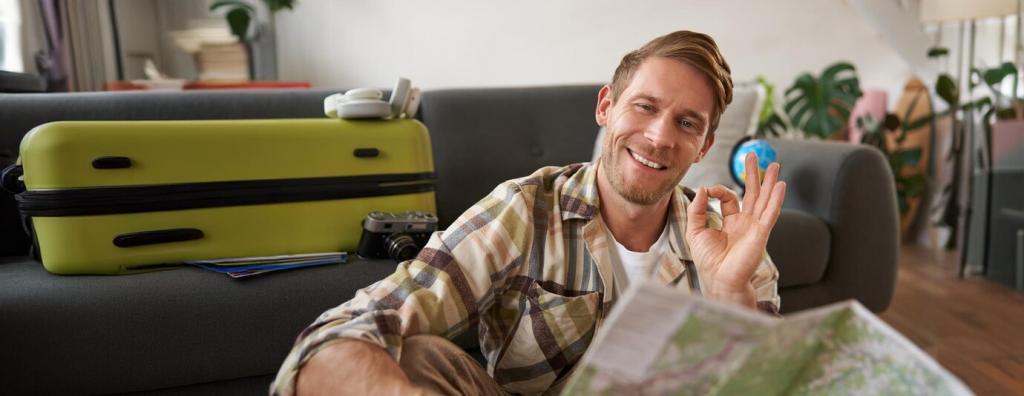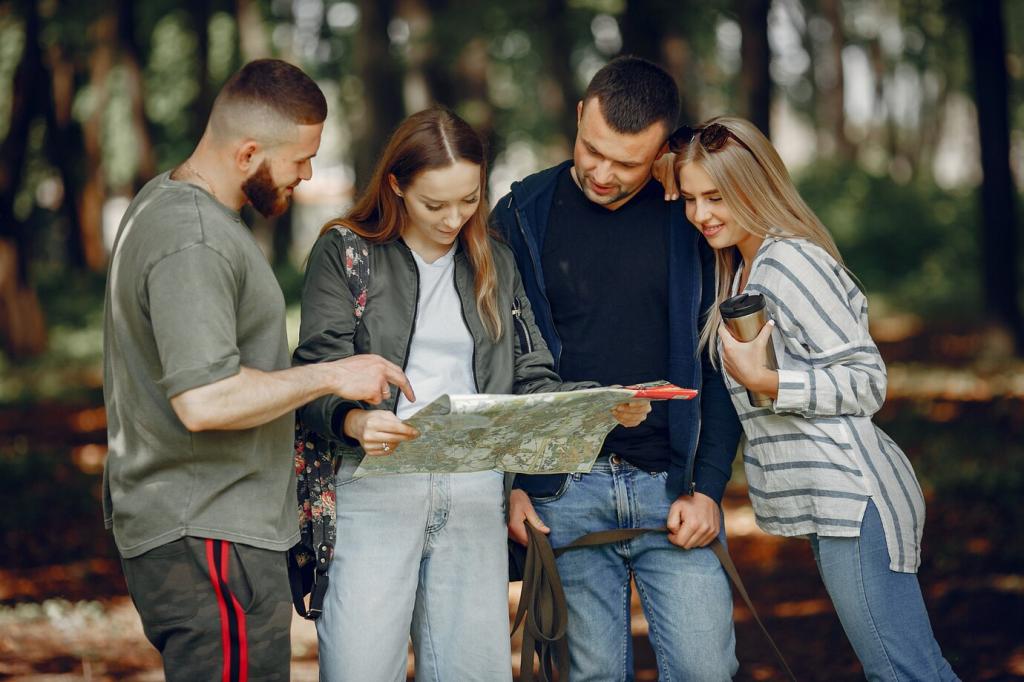
Maximizing Your Museum Tour Experience: See More, Feel More, Remember More
Chosen theme: Maximizing Your Museum Tour Experience. Step inside with intention, curiosity, and a smart plan to turn any museum visit into an unforgettable journey of discovery. Stay with us, share your tips, and subscribe for more ways to elevate every gallery walk.
Plan Before You Enter: Strategy That Saves Your Feet and Your Focus

Set Clear Goals for Your Visit
Decide what you want from this museum trip: a single masterpiece, a timeline of a movement, or the story behind one artist. Clarify your goals, then share them in the comments so others can offer suggestions and you can compare results afterward.

Build a Flexible Itinerary
Check the museum map online, highlight must-see galleries, and plan generous buffers for surprises. Leave room for serendipity, because the best finds often hide between rooms. Bookmark this approach and subscribe for printable itineraries tailored to different museum sizes.

Book Smart: Tickets, Time Slots, and Peak Hours
Reserve entries for quieter hours, like early mornings or late afternoons. Prebook special exhibitions to skip lines and keep your energy for the art, not the queue. Comment with your city and museum, and we’ll share crowd patterns our readers have reported.

Use Anchor Works to Orient Yourself
Choose two or three anchor pieces and build your route around them. Return to an anchor if you get lost or overwhelmed. This keeps your visit coherent and purposeful. Share your favorite anchors from past trips and inspire other readers planning similar routes.

The Rule of Five Highlights
Pick five highlights for deep engagement rather than sampling everything lightly. This prevents burnout and increases memory. Afterward, list your five in a comment and tell us which one surprised you most—we’ll feature a selection in our next roundup.

Pacing Breaks That Actually Restore You
Schedule micro-breaks every 45 minutes. Sit quietly near a window or sculpture court to reset your eyes and attention. Hydrate, breathe, and jot notes. If you try this pacing method, subscribe and report back—your experience helps refine our visit templates.
See Deeper: Techniques for Active Looking
Stand with one artwork for at least five minutes. First, observe without judging. Second, trace details and materials. Third, connect to context. This method yields memorable insights. Have you tried it? Comment with the piece and the moment that changed your view.


See Deeper: Techniques for Active Looking
Carry a small notebook. Write sensory impressions, questions, and associations before reading labels. Quick sketches help you notice proportion and texture. Snap a photo only after you’ve looked. Share a page of your notes with our community for feedback and encouragement.
Master the Audio Guide
Use curated stops, not every single track. Pause between tracks to look on your own. If an insight resonates, replay and re-examine details. Tell us your favorite audio-guide moment, and we’ll compile a reader-sourced list of must-hear stops across major museums.
Photos as Memory, Not Proof
Take fewer, better photos. Capture the label, whole piece, and one telling detail. Then put the phone away and return to live seeing. Share your “one detail” photo strategy in the comments, and follow for a checklist that keeps photography purposeful.
Augmented Reality and Digital Layers
If available, try AR reconstructions or X-ray overlays to visualize hidden stages of a work. Use these sparingly to avoid screen fatigue. Let us know which digital layer genuinely changed your understanding, and subscribe for a guide to the best museum tech apps.
People Make Museums: Conversations That Open Doors
Talk to Guards and Guides
Security guards often stand with the same artworks for months and notice everything. Ask what details visitors miss. Docents can reveal stories beyond labels. Share a quick thank-you and a smile. Comment with your best staff tip and help others uncover hidden gems.
Visit with Friends or Family—With Roles
Assign roles like “navigator,” “timekeeper,” and “wildcard finder.” Rotate each gallery. Roles reduce friction and spark discovery. If you try this, tell us who found the most surprising piece and subscribe for our printable role cards designed for all ages.
Join a Tour, Then Wander Freely
Use a short tour as a launchpad, gathering historical context and key works. Afterward, peel off to revisit favorites and explore side rooms. Post which tour nugget sent you on your best tangent, and follow for weekly listings of standout public programs.
After the Visit: Make Insights Stick
Write three highlights, two questions, and one feeling you’ll carry forward. This simple ritual anchors memory and deepens meaning. Share your 3-2-1 in the comments, and subscribe for a debrief template you can reuse after any cultural experience.
A reader planned three anchors at the Rijksmuseum and left space for detours. She stumbled upon a conservation demo that revealed how varnish ages. Preparation made the discovery possible. Share your own lucky detour to inspire others to plan lightly and remain open.
Anecdotes from the Galleries: Lessons in Attention
At the Met, a guard whispered, “Look at the painter’s corrections near the wrist.” Suddenly the portrait felt alive, human, in progress. Always ask. Drop your favorite staff tip in the comments and help our community gather these small, priceless insights.
Anecdotes from the Galleries: Lessons in Attention
Join our mailing list
